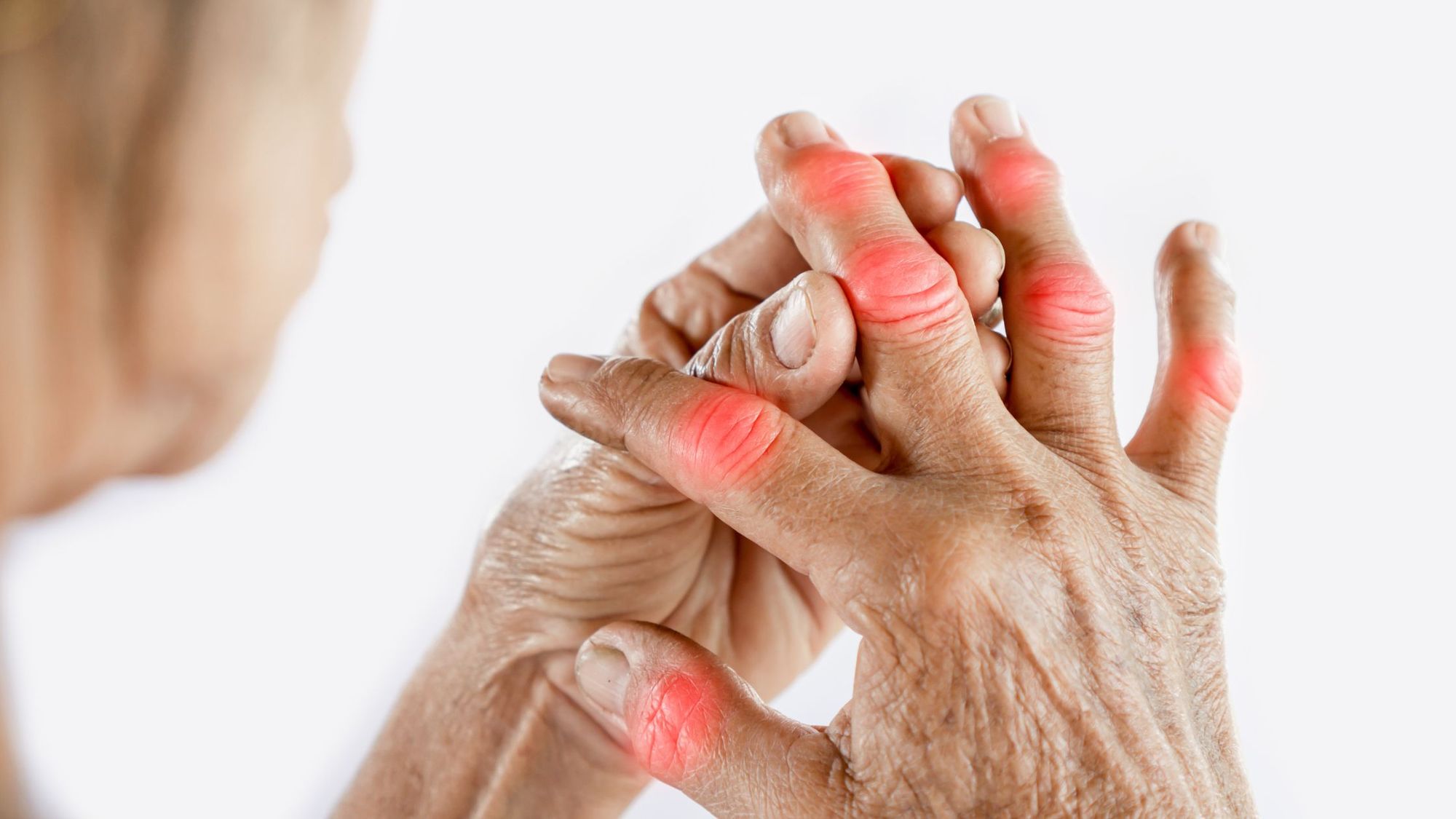
Mold exposure symptoms are often mistaken for something else, and many people don’t know about water damage or mold growth in their own home.
Exposure to water damage in one’s home or workplace can cause a host of unpleasant symptoms, ranging from memory loss and difficulty concentrating to sinus infections and chronic cough. Water damage is the main cause of mold growth in buildings, and often occurs in hard to-see-places, like inside walls (where you wouldn’t know it exists) or under floorboards.
While some mold is harmless, the vast majority of it is detrimental to one’s health, as it releases thousands of mycotoxins (or mold spores) into the air you’re breathing. This is most commonly identified by a characteristic musty or moldy smell, but not everyone will detect mold by smell, which is why noticing the physical signs and various mold exposure symptoms is crucial.
These microscopic mold spores induce inflammation, which can cause long-term toxicity in the body, and manifests in a wide variety of mold exposure symptoms. If you suspect there is mold in your home, getting the mold removed and the air clean as soon as possible is an essential first step. If you’re a homeowner, contract this job out. If you have a landlord or building inspector, notify them immediately if you have a suspicion of mold growth or water damage.
Catherine Fruechtenicht, founder of the blog Mold Free Living, explains, “Air purity is key. Getting the air mold-free is five times more important to your health than all treatment rendered by hospitals, doctors, and medication, and clean air is crucial for optimal health and wellness.”
Mold Exposure Symptoms
If you suffer from some of the following heath issues or you’ve been experiencing any of these mold exposure symptoms, it may be a sign that you have been exposed to water damage and mold growth in your house, apartment, or workplace.
Remember that being cognizant of mold exposure symptoms is crucial because you won’t always see or smell mold in your home or workplace. It could easily be growing without you knowing.
Keep a health journal of your symptoms to track what you’re experiencing.
If you suspect that mold might be the culprit for your symptoms, make sure to hire a qualified building inspector to do a thorough examination of your home or business, and take appropriate measures to remediate the damage. You may need to vacate while this is being handled, but your health is worth the inconvenience.
While it’s certainly possible that your symptoms could be caused by something other than mold exposure, you should still rule out mold before it continues to grow in your space.
Below are 10 mold exposure symptoms to watch for:
1. Metallic taste in the mouth
One of the more strange but prevalent symptoms of mold toxicity is a metallic taste in the mouth. Since this phenomenon is rarely caused by other factors — aside from heavy metal toxicity and cancer treatment such as chemotherapy and radiation— it is essential that you seek treatment if you notice a metallic taste, as it may be a sign of toxic black mold exposure. A metallic taste in your mouth is one of the most noticeable mold exposure symptoms that could help you pinpoint the problem.

2. Fatigue, weakness, light sensitivity and headaches
One of the challenges of identifying water damage and the associated symptoms of mold toxicity is that the symptoms often mimic other common illnesses. When mold is present in the body it affects many of our regulatory systems, including the release of cytokines (signaling molecules that are released by cells and that mediate and regulate immunity and inflammation.) Increased cytokine production often leads to symptoms that include light sensitivity and headaches. If your symptoms are recurring, and if they happen more often when you are in buildings, chances are you are experiencing a reaction to mold.
3. Shortness of breath, chronic cough, sinus congestion
In an earlier post I discussed the ways that mold allergy and toxicity are often confused with seasonal allergies. In the beginning, mold exposure symptoms are often respiratory in nature at first, which can result in long-term misdiagnosis and inaccurate treatment. If you are someone with chronic or recurring allergies you may want to consider that there could be toxic mold in your living or work environment. It’s worth at least checking, and having your home or building inspected.
4. Poor memory and difficulty concentrating
According to an article in Science News, a research experiment conducted by psychologists at the City University of New York determined that exposure to toxic mold spores over a period of three weeks caused mice to develop memory problems, as well as increased levels of anxiety. The researchers noted that “… the behaviors [were] linked to increased inflammatory proteins in the hippocampus. Exposure to mold’s toxins and structural proteins may trigger an immune response in the brain. The findings…may help explain some of the conditions that people living in moldy buildings complain about, such as anxiety and cognitive problems.”

5. Joint pain and unusual skin sensations such as tingling and numbness
Researchers have determined, through blood tests for specific antibodies, that exposure to mold mycotoxins can cause neuropathic issues in the body, most commonly joint pain, muscle tremors and strange skin sensations. If you suffer from these symptoms it might be a good idea to seek out a health professional with experience treating mold toxicity.
6. Mood swings, disorientation and depression
These mental health symptoms are actually often common symptoms associated with mold exposure. Dr. Mark Filidei, Director of Integrative Medicine at Amens Clinic, has encountered numerous patients whose symptoms had been consistently misattributed to other causes, like hormonal imbalances or aging. Rather than considering the possibility of mold as the underlying cause of such symptoms, it is much more common for doctors to simply prescribe medications. Research done by Dale Bredesen and published in the 2016 journal Aging indicates that type 3 cortical Alzheimer’s (usually early onset and accompanied by depression) is caused by inhalation of biotoxins, most commonly the mycotoxins that are released from mold. Mold diagnostic testing is one important way to determine if mold is present. If so it is likely that the symptoms will disappear once a proper treatment protocol has been established.
7. Abdominal pain, diarrhea, bloating
Mycotoxins can wreak havoc on gut health, mainly through their tendency to boost the growth of bad bacteria and disrupt the delicate bacterial balance that our bodies depend on. Our immune system relies on the presence of beneficial bacteria, and when that is compromised it can cause a variety of long term health issues. “Mycotoxins produced by mold impair gut health on a structural and functional level,” says Functional Medicine practitioner Chris Kresser. “They disrupt the balance of beneficial and pathogenic bacteria in the gut, increase intestinal permeability, interfere with nutrient absorption (causing malnutrition), generate oxidative stress and inflammation, and increase your susceptibility to bacterial, viral, and parasitic gut infections.” Even if you are not sure you are dealing with mold toxicity it is still a good idea to pay attention to our gut health, and give it a boost by taking high quality probiotics.
8. Increased urination frequency
Increased urination frequency can be one of the mold exposure symptoms to watch for. When mold biotoxins are present in the body they can disrupt the normal functioning of the pituitary gland, which is involved in the production of antidiuretic hormone (ADH). This hormone helps regulate thirst and urination, and when impacted can cause both increased thirst and increased urination frequency, which may become so severe that dehydration is a result.
9. Static shocks (static electricity in the body)
Another strange symptom of mold is the frequency of static electricity in the body, and as a result, more instances of static shock. This is related to disrupted ADH production, which, in addition to causing increased thirst and urination, can lead to elevated levels of salt in the blood and sodium chloride on the skin. When that happens the body is more conducive to electricity and a person may experience increased incidents of static shocks.
10. Sweats and unstable body temperature regulation
Just as elevated levels of cytokines can lead to fatigue, disorientation and headaches, they are also a major factor in body temperature regulation. Elevated cytokines increase body temperature, often causing fever or fever-like symptoms. This is a natural immune response and one of the ways that the body fights off illness causing invaders like viruses, bacteria and fungi. If you are experiencing persistent increased body temperature, in addition to many of the other noted symptoms, you may be suffering from mold toxicity.
Mold toxicity is a dangerous and debilitating health issue that should not be ignored. If you think you have experienced water damage make sure to take appropriate action to protect your health.
Keep Your Health in Check with Genetic Health Insights
Now that you’re educated on the mold exposure symptoms to watch out for, you might be wondering what else you can do to keep yourself healthy.
Another way to keep your health in check is to get to know which health conditions you’re genetically at higher risk of developing. An at-home DNA test from CircleDNA provides you with over 500 reports about yourself.
You won’t just learn about your genetic health risks when you take a CircleDNA test. You’ll also learn about genetic personality traits, genetic strengths and weaknesses, possible talents that lie in your genetic makeup, the optimal diet plan for you based on your DNA, your ancestry information, and much more.
References:
- What is a Water Damaged Building? | Surviving Mold
- Mold Free Living blog https://moldfreeliving.com/
- Symptoms after mold exposure including Stachybotrys chartarum, and comparison with darkroom disease https://www.ncbi.nlm.nih.gov/pubmed/19796210
- Mold Toxicity Could be Causing Your Headaches, Fatigue and Muscle Pain
- The Biotoxin Pathway | Surviving Mold
- Mold May Mean Bad News For The Brain, Science Direct: https://www.sciencenews.org/article/mold-may-mean-bad-news-brain
- Is it Mental Illness or Mold Toxicity?
- Inhalational Alzheimer’s disease: an unrecognized—and treatable—epidemic – PMC
- The Biotoxin Pathway | Surviving Mold
- MOLD TOXIN ILLNESS BASICS https://www.trilliumclinic.net/mold-toxin-illness
- Cytokines and fever https://www.ncbi.nlm.nih.gov/pubmed/14977558






Comments are closed.